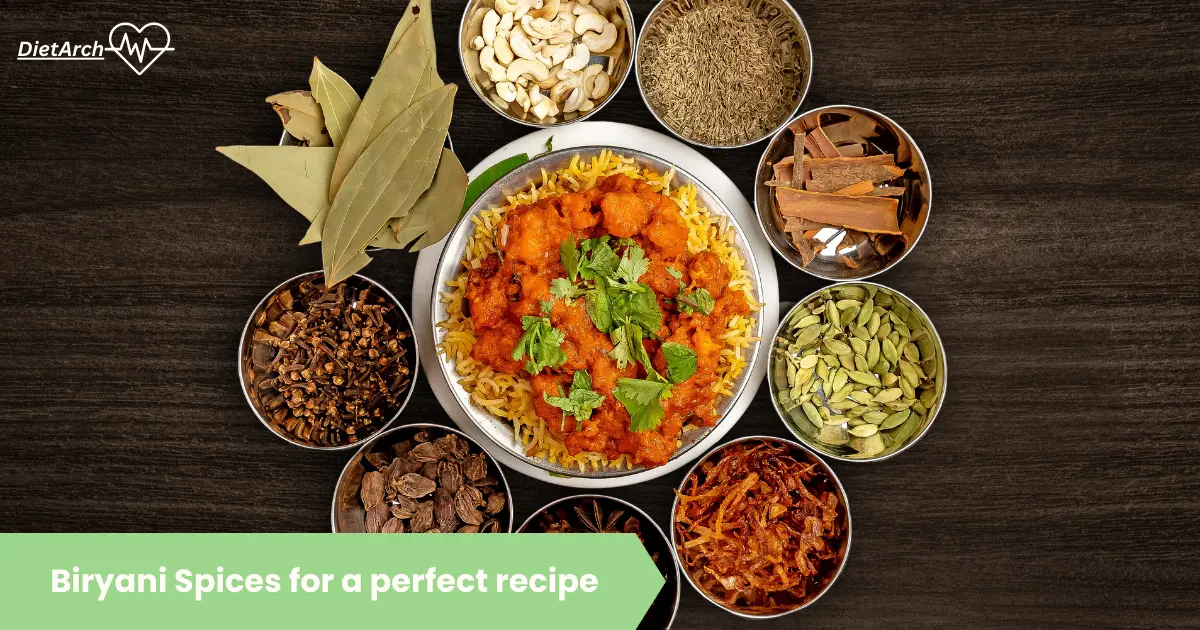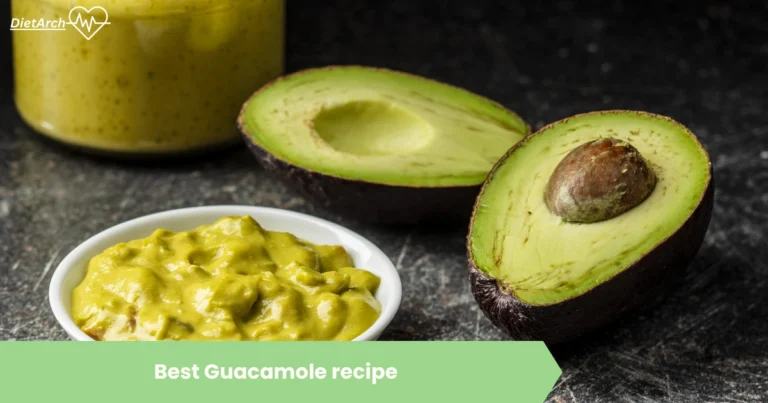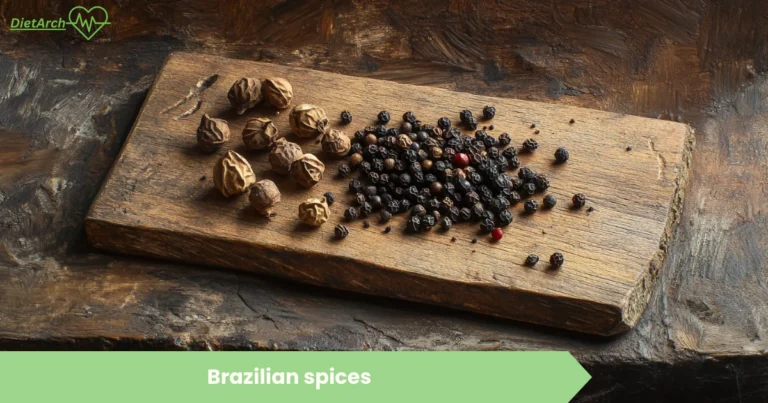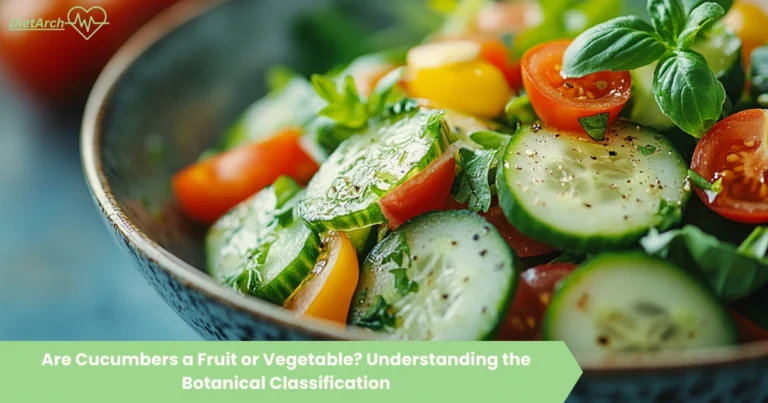Biryani Spices for a perfect recipe
Biryani spices are the soul of this dish. They give biryani that signature aroma and those layered flavors everyone loves. If you ask me, the secret to a great biryani is nailing the balance between spices like cumin, coriander, turmeric, cinnamon, and cardamom. These spices mingle together, creating a blend that brings out the best in the rice, meat, or veggies you use.
Sure, a lot of folks grab ready-made biryani masala blends, but if you get to know the main spices, you can tweak the flavor to suit your taste. Honestly, learning how to use these spices well just makes any biryani taste more real and satisfying.
Key Takeaways
Essential Biryani Spices

Biryani gets its rich taste and aroma from a mix of spices that just work together. These spices bring all kinds of flavors—warmth, a bit of sweetness, earthiness, and some heat. Using both whole and ground spices, you can layer in those flavors and scents until everything just clicks.
Whole vs. Ground Spices
Most cooks reach for whole spices in biryani because they release their flavor slowly while you cook. Think cardamom pods (green and black), cloves, cinnamon sticks, bay leaves, star anise, mace, nutmeg, stone flower (dagad phool), and kapok buds. You usually sauté or roast these first to wake up their essential oils.
Ground spices like coriander seeds, cumin seeds, peppercorns, and garam masala add instant flavor and mix right into the rice and meat. Using both whole and ground spices gives you more control over texture and flavor strength.
Whole spices give you those little flavor bursts as you eat, while ground spices blend in for a more even taste throughout the dish.
Biryani Masala Blends and Their Uses

Biryani masala blends pull together different spices to give each biryani its personality. These blends change depending on the recipe and the region. The masala you pick changes how spices like turmeric, cumin, and chilli balance out in the dish.
How to make briyani masala at home
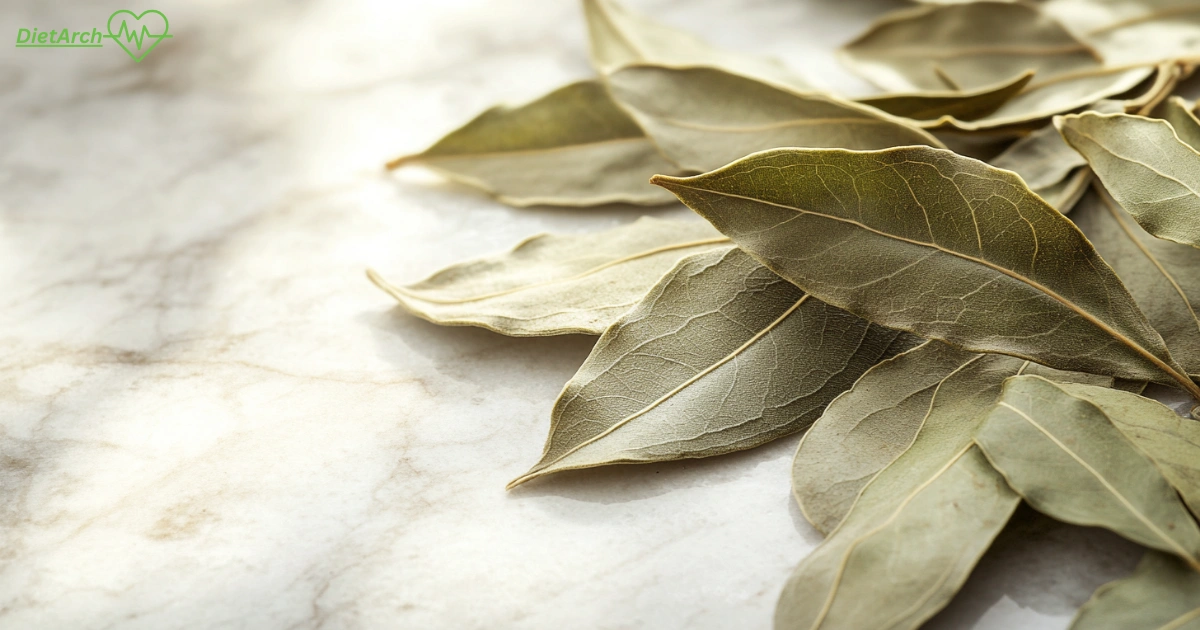
1. Spices to measure (total ≈100 g):
2. Dry-roast in batches on medium heat.
Stir the spices constantly until they smell fragrant, about 2–3 minutes each:
Coriander.
Hard spices like cinnamon, bay, cardamom, mace, and star anise.
Cloves, peppercorns, green cardamoms.
Fennel and caraway.

(Optional) Stone flower and dried chilies if you want a twist.
3. Cool completely.
4. Store airtight:
I usually use 1–2 teaspoons per kilo of rice or meat. That’s the sweet spot for a pretty aromatic biryani, at least in my book!
Regional Masala Variations in India
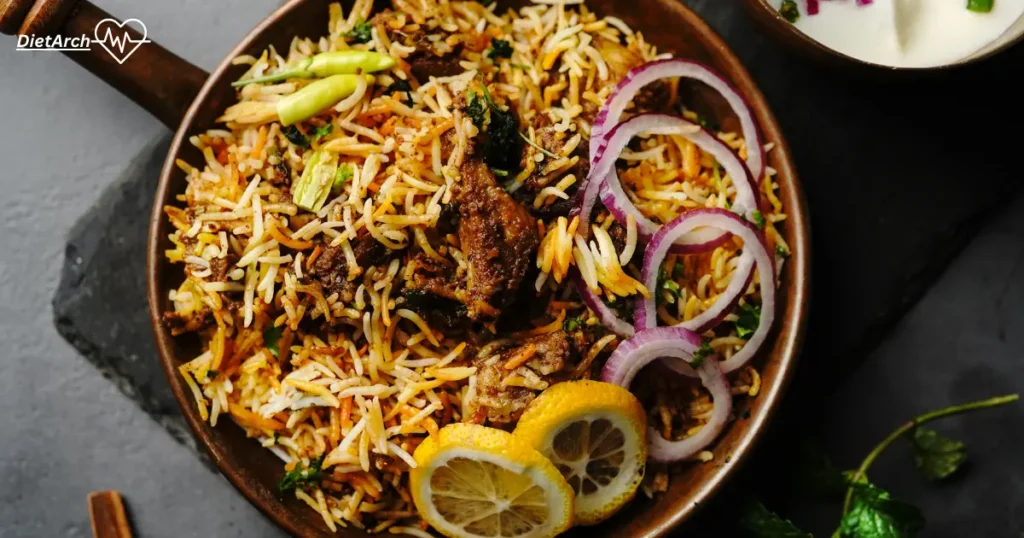
Each region in India has its spin on biryani masala. Hyderabadi biryani masala? It’s usually spicier, with more chilli and black pepper. Kolkata biryani often gets nutmeg and rose water, which makes it a bit sweeter and floral.
Down south, some people toss in curry leaves and mustard seeds with the usual spices, which changes the flavor. Some places use less turmeric to keep the rice white, while others go heavy for that golden color.
These regional tweaks really show how biryani adapts to what’s local and what people like.
Chicken Biryani Recipe

Biryani is all about balancing rich spices with just the right ingredients. Each type focuses on different proteins, grains, and seasonings. Sides and garnishes round out the meal.
1. Gather your key ingredients
2. Make your own Biryani Masala (or just grab a good store-bought blend)
3. Marinate and cook the chicken curry
4. Parboil your rice
5. Layer and steam (“dum”)
6. Finish and serve
Popular Biryani Types worldwide
Some biryani types stand out thanks to regional flavors and ingredient choices.
Key Ingredients in Biryani Recipes
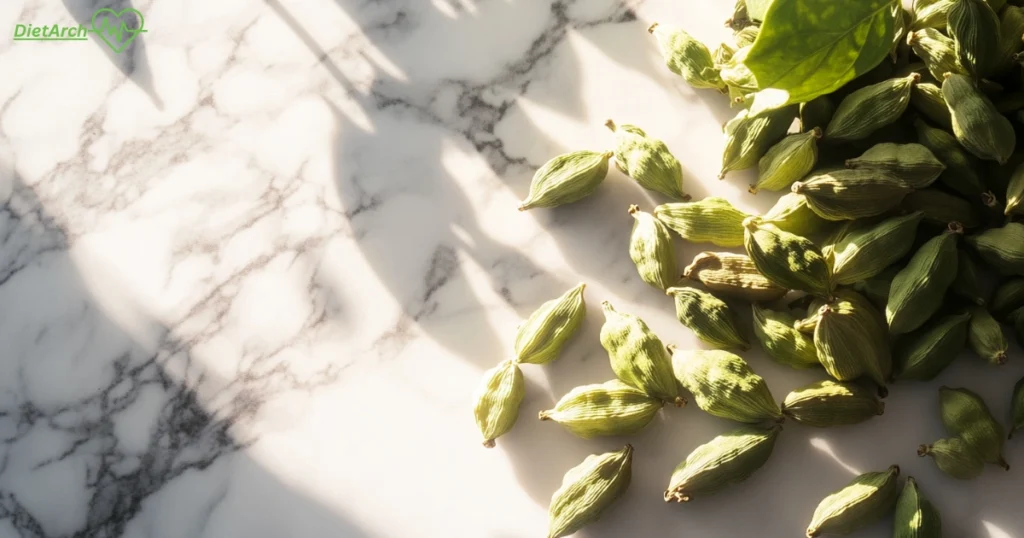
The basics of biryani include basmati rice, famous for its long grains and lovely aroma. Spices like cumin, cardamom, cloves, and star anise make up the biryani masala, whether you grind them fresh or use a pre-mix.
Tomato puree adds moisture and a little tang, which helps balance out the heat from red chili powder. Carrots and other veggies like peas or potatoes add color and texture. Butter or ghee is pretty much a must for richness.
Serving Suggestions
Biryani tastes best when it’s hot, honestly—nobody likes cold biryani. It goes well with sides that balance out all those spices. Simple salads like cucumber and onion give a nice, fresh crunch. And you can’t go wrong with yogurt-based raita; it cools things down and just works with the heat of the dish.
Some folks like to throw in pickles on the side, or slice some boiled eggs on top for a bit of extra protein. If you add a spoonful of butter or ghee right before you serve it, you’ll notice the flavor and richness just pop. Pairing biryani with a mild, light soup can also mellow out those strong spices—maybe not traditional, but it works.

